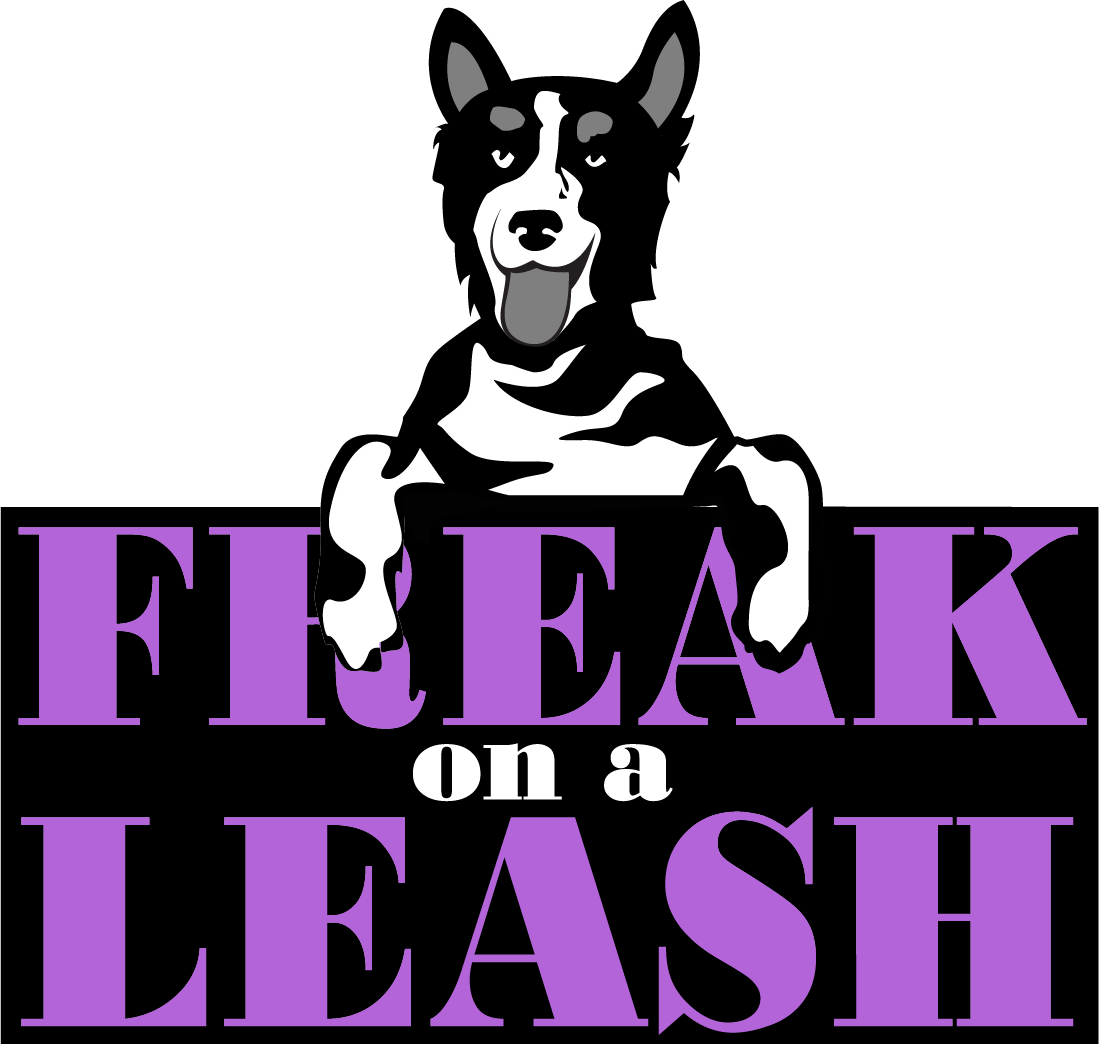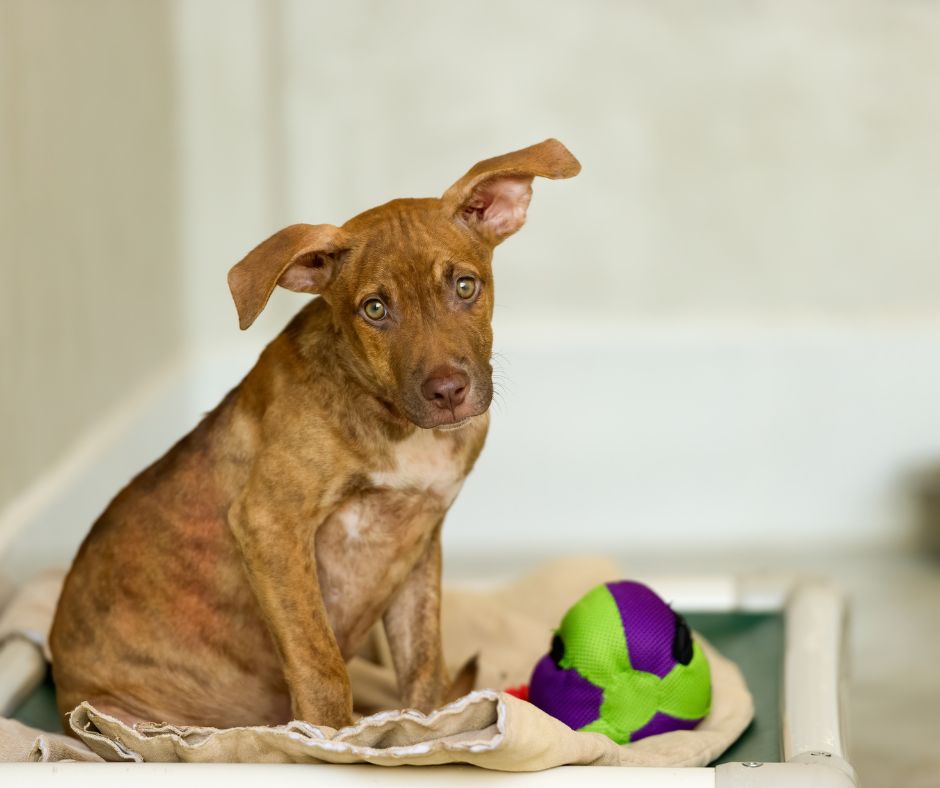Understanding the Rescued Canine Mind
In this chapter, we delve into the fascinating world of rescue dog training, and will explore the unique challenges and rewarding experiences that come with rescuing a canine companion. By understanding the mindset of a rescued canine, we can lay the foundation for a successful training journey.
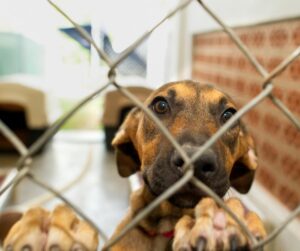 The Emotional Journey of a Rescue Dog
The Emotional Journey of a Rescue Dog
Rescues often come from challenging backgrounds, having experienced abuse or neglect, such as puppy mills. Understanding this emotional journey is crucial in tailoring our training approach. We explore how to build trust, create a safe environment, and address any underlying behavioral issues that may arise, especially in dogs who have prior trauma. By acknowledging the emotional resilience and adaptability of these amazing animals, we can provide them with the support they need to thrive in their new homes. The good news is that many dogs show remarkable progress and success in overcoming negative past experiences.
The Importance of Patience and Consistency
Training a rescued dog requires an abundance of patience and consistency. We discuss how to set realistic expectations, as each dog’s progress will vary based on their unique history and personality. By approaching training with a calm and consistent approach, we can build a strong foundation for success.
But before you delve right into training, your pup needs decompression in this adjustment period of his life. Take it slow. You can do lots of the training in time but right now your pooch needs to feel safe and secure in his forever home. Sniffspots are a fantastic way of helping a dog to decompress and provide exercise in a controlled environment.
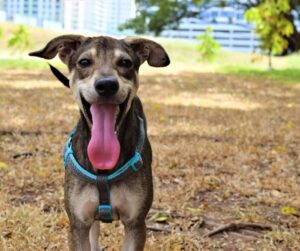 Also focus on building trust and bonding with your rescue dog. A strong bond with your canine companion will create a foundation for an enriching and successful training journey.
Also focus on building trust and bonding with your rescue dog. A strong bond with your canine companion will create a foundation for an enriching and successful training journey.
Building Trust through Positive Reinforcement
Explore the power of positive reinforcement in building trust. The best way to build trust and encourage your dog to engage in desired behaviors willingly is through positive reinforcement. Positive reinforcement is when you reward your dog for doing what’s right rather than scolding her for doing something “wrong.” By focusing on positive interactions, using praise and treats to reward desirable behaviors and avoiding punishment-based methods, you will create a safe and supportive environment for your pup to learn and grow. All dogs, including rescue dogs, respond better and are emotionally healthier when shown love and compassion.
One key aspect of positive reinforcement is timing. It is imperative to provide rewards immediately after your dog displays the desired behavior. This helps the dog understand the correlation between their actions and the positive outcome. Consistency in rewarding reinforces this understanding, making them more likely to repeat the behavior in the future.
While treats are commonly used as rewards, it’s important to allow for variety in the types of rewards you offer. Some dogs may be motivated by toys or playtime, while others may respond better to verbal praise or physical affection. Understanding your rescue dog’s preferences and using a diverse range of rewards can keep the training sessions interesting and enjoyable for both you and your canine companion.
 Establishing a Consistent Routine
Establishing a Consistent Routine
Rescues often thrive on structure and a consistent routine, as it provides a sense of security and predictability. By establishing set feeding times, exercise schedules, and training sessions, you create a stable environment that helps to feel more secure and reduces anxiety. When you bring your dog home, it is a good idea to start establishing a routine and stick to it. A consistent routine will help your new family member to learn when to expect mealtime, playtime, or a walk. When setting a routine, don’t forget to include dedicated enrichment time to help your dog’s brain stay active, too. The amount of time he or she needs to decompress may depend on age, past experiences, and length of time spent at the shelter or in a foster home.
When creating a routine for your rescue dog, it is important to consider the individual needs and energy levels, especially if you have young children in the home. Some dogs may require more exercise or mental stimulation than others. It is important to provide regular outlets for physical activity and mental enrichment to prevent destructive behaviors that may arise from boredom or excess energy. Keep the new dog separate from young children except when closely supervised to ensure everyone’s safety. Additionally, it’s important to give the dog a designated space, such as a crate or a bed in another room, where they can go for some quiet time and a snooze away from the kids. Remember the importance of socialization – not all dogs have been socialized to children. This is a very important consideration before you decide to adopt a shelter dog as the last thing you want is to put a child at risk. Talk to the staff about the best way to introduce children to a new dog, or contact an experienced dog trainer to help guide you through the introduction process to ensure everyone, furry and human, stays safe.
In addition to physical exercise, incorporating frequent training sessions into your dog’s daily routine is essential for their development of new skills. Short and engaging sessions not only reinforce desirable behaviors but also provide mental stimulation and strengthen the bond between you and your canine companion. Use positive reinforcement techniques, such as treats or praise, to reward good behavior during these sessions. This will encourage your dog to repeat the desired behaviors and makes the learning process more enjoyable. Keeping your training sessions short, a few minutes is enough, will prevent your dog from getting bored or overwhelmed.
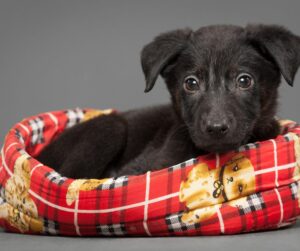 Remember the Importance of Socialization for All Puppies
Remember the Importance of Socialization for All Puppies
Another important aspect of training is socialization. Many rescue dogs may have had limited exposure to different environments, people, and other animals before being adopted. Puppies in particular are primed to soak up novel experiences, provided they are safe, structured, and not overwhelming. Gradually introducing your pup to various situations and individuals goes a long way to helping them become more confident and well-adjusted.
Start by exposing your new puppy to new experiences in a controlled and positive manner. For example, take them on short walks in different neighborhoods, introduce them to other friendly dogs in a controlled setting, and invite trusted friends or family members to visit your home. Gradually increase the complexity of these socialization experiences as your new pup becomes more comfortable and confident. Consider enrolling your puppy in a reputable puppy class, where they can learn important socialization skills and interact with other puppies in a supervised environment. This will help them develop into a well-rounded and confident adult. It’s never too early to get a head start on consistency in socializing your puppy.
Boundaries and Rules
It is also beneficial for dog owners to establish clear boundaries and rules for their rescue dog. Consistency is key when it comes to training, so make sure that everyone in your household is on the same page regarding expectations and rules. Again, use positive reinforcement to reward desired behaviors and redirect (or ignore) undesirable behaviors. This will help your rescue dog understand what is expected of them and develop good manners. Additionally, it is important for dog owners to set boundaries for furniture or areas of the home that are off-limits, and reinforce them. This will provide structure and guidance for your rescue dog, helping them understand what they are allowed to do in the house.
 Training Rescue dogs with Patience and Consistency
Training Rescue dogs with Patience and Consistency
Training any dog takes time and patience. Training a rescue dog can be a particularly rewarding experience, but can require extra dedication and understanding. Rescued dogs often face issues such as fear, anxiety, and lack of socialization. Proper training can help by providing structure, building trust, and teaching basic manners. It also helps boost their confidence and helps them become well-adjusted members of their new families.
It is important to remember that your rescue dog may not have had any formal training. They may need to learn the very basics like a puppy would, but may also come with already established habits that might make it more challenging. Be patient and understanding as you work with your rescue dog, knowing that they may require extra time and effort due to their lack of formal training. Consistency is also key – make sure to stick to your training routine and reinforce positive behaviors consistently. With time, patience, and consistency, your rescue dog can learn and grow into a well-behaved companion. Remember to approach your dog’s training with empathy and understanding, considering any previous traumas or negative experiences they may have had. Some rescue dogs may take longer to adjust and learn, while others may progress more quickly.
Tips on How to Train
Here are some tips on how to train:
1. Establish clear expectations: Ensure everyone in your household should understand and adhere to the rules and expectations for your dog. Consistency is key in reinforcing desired behaviors.
2. Use positive reinforcement: Reward your dog with treats, praise, or playtime when they exhibit desired behavior. This will motivate them to continue behaving in these ways.
3. Redirect or ignore undesirable behaviors: Instead of punishing your best new friend for unwanted behaviors, redirect their attention to something more appropriate. Finding a reputable dog trainer that is a good fit can help you and your new best friend to smoothly establish your new life together.
Leash Training Your Rescue Dog
Leash training is an essential skill for any rescue, as it helps keep them safe while out on walks and provides structure and guidance. Start by introducing your rescue to the leash in a positive and gradual way, using treats and praise to reinforce good behavior. A great first step is to simply let the dog drag a leash around the house and reward the dog for any eye contact with you while ignoring the leash. Once they are comfortable with the leash on and not paying it any attention, begin practicing walking. It is good to do indoors at first where distractions are fewer. Keep the leash very loose and reward the dog for staying by your side. Once the dog can walk on a loose leash inside, begin practicing outdoors, in the backyard at first, before moving to more distracting outdoor environments. Continue rewarding your dog for any offered eye contact and for staying by your side. Remember to be patient and consistent, as leash training can take time but going slowly will ultimately benefit both you and your furry friend in the long run.
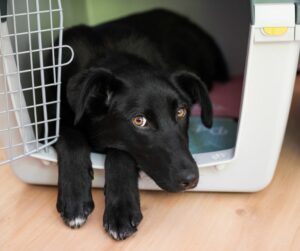 Stress-Free Crate Training
Stress-Free Crate Training
Crate training is a useful tool when it comes to rescuing dogs, as it helps them feel safe and secure in their new environment. To crate train a dog and ensure successful potty training, start by introducing them to the crate in a positive way, such as placing treats or toys inside. Gradually increase the time they spend in the crate, and always make sure they have access to water and comfortable bedding. Consistency is the most important factor when crate training a rescue dog, as it can take time for them to adjust to both the crate and their potty training routine. Remember that even if a dog was crate trained or house trained in its previous home, accidents may still happen because of the stress of a new home and the dog needing time to adjust to a new routine. With patience and positive reinforcement, your rescue dog can become comfortable and happy in their crate, while also learning proper potty habits.
Enroll in Obedience Classes
Enrolling your rescue dog in obedience training can be a great step towards creating a strong bond with your furry friend. As discussed, rescues often come from difficult backgrounds or have been abandoned, which can make them more challenging to train. Obedience classes offers a structured environment where you and your dog can learn the basics of training together. Your pup will learn to follow cues like sit, stay, and come, which are fundamental skills for any well-trained dog. Additionally, obedience training provides an opportunity for socialization with other dogs and humans, helping your pup build confidence and trust out in the world as well as in their new home.
Rescue Dog Training Near Me
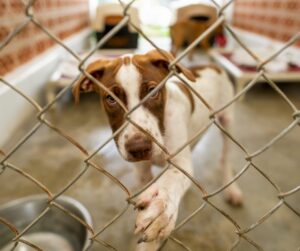 If you’re looking for rescue dog training near you, there are a few options to consider. First, check with local animal shelters or rescue organizations. They may offer training classes specifically for rescue dogs or be able to recommend reputable trainers in your area.
If you’re looking for rescue dog training near you, there are a few options to consider. First, check with local animal shelters or rescue organizations. They may offer training classes specifically for rescue dogs or be able to recommend reputable trainers in your area.
Another option is to search for dog training facilities or trainers in your area that specialize in working with rescue dogs. These professionals often have experience and knowledge in handling the unique challenges that come with training a rescue dog.
What do I do if my dog has behavior problems?
If your rescue dog is exhibiting behavior problems, it is important to address them promptly and appropriately. The first step is to consult with a behavior consultant or veterinary behaviorist who specializes in working with problematic behaviors in dogs. They can assess the situation and develop a training plan tailored to your dog’s specific needs. The right techniques can effectively deal with behavioral issues such as fear and aggression and help you gradually introduce your dog to new people, environments, or other dogs. As with other types of training, positive reinforcement is key throughout the process.
